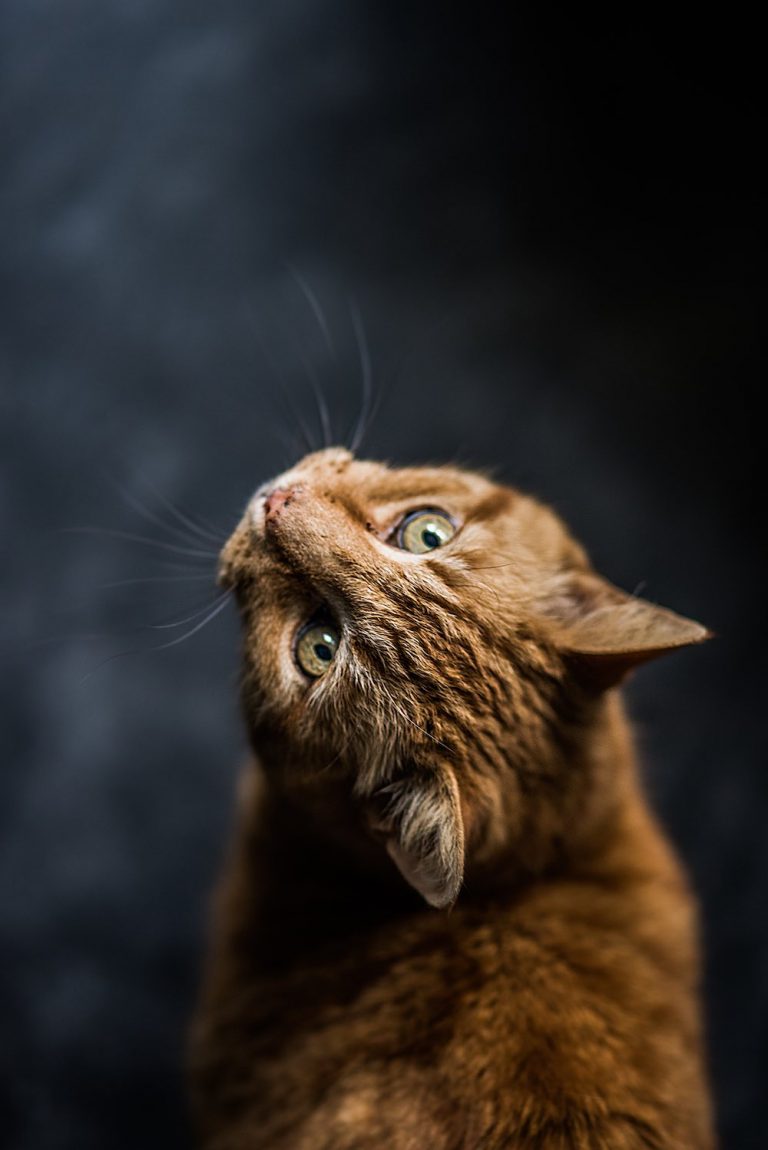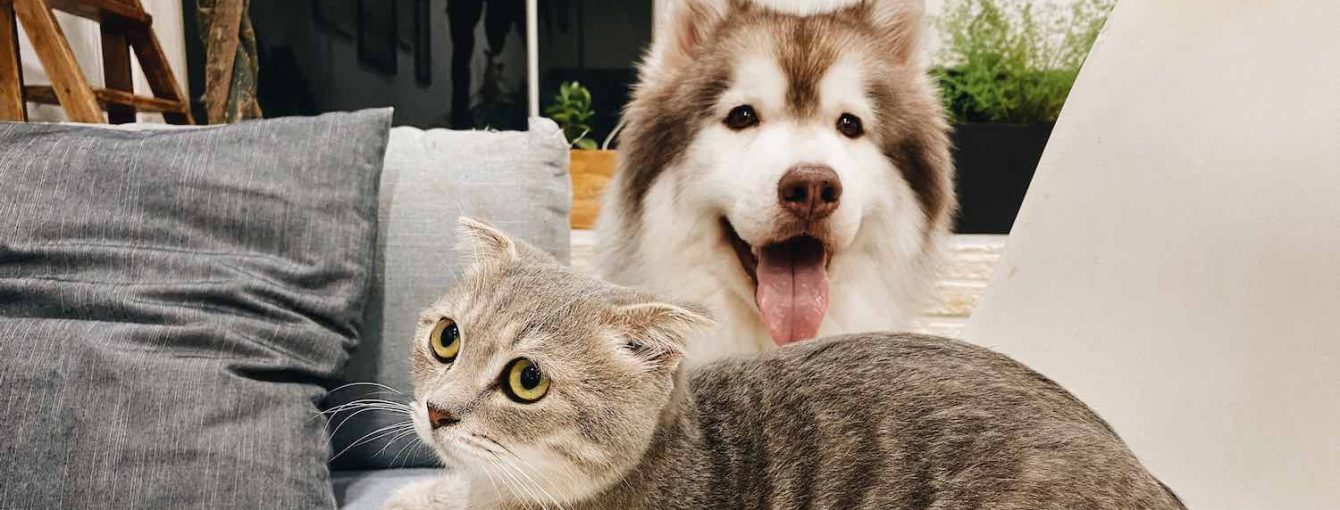Top Tips on Cat’s Health and Their Anatomy
Top Tips on Cat’s Health and Their Anatomy
People love their pets. Today, cats are living twice as long as they did just 50 years ago. Cats are amazing creatures! Here are a few fascinating things that you may not know about the cat’s anatomy. A cat’s body has an interesting anatomy.
Cats prefer their food at room temperature, not too hot, not too cold. Disrupting a cat’s routines can make them act sick. Cats must have fat in their diet. They can’t produce it on their own. Cats are unable to detect sweetness. They don’t have a sweet tooth. Cats have a strong aversion to anything citrus. Cats can’t chew large chunks of food because they can’t move their jaws sideways.
Despite popular belief, cats do not need milk. If they are fed a balanced diet, they will get all the nutrients they need that way. Milk can upset their stomach, particularly if they are not used to it. This is because, once weaned, many cats become lactose intolerant as they lose the ability to produce the enzyme needed to properly digest it. However, if they have had cows’ milk regularly all their life, then they do retain a reasonable ability to digest it in most cases.
Should you want to give your cat milk, it may be best to purchase a lactose-free equivalent. Although, bear in mind that any milk will contain calories and may lead them to put on weight. Kittens must drink milk in order to survive, but only their mother’s or specially-tailored formula milk purchased from a vet.
By their nature, cats are solitary creatures. Cats do not like sharing, or waiting for anything, so if there’s competition for resources it can cause friction. To make your home as harmonious a place as possible, provide several feeding areas, places to drink, hide and sleep and always ensure that there is more than one area to go to the toilet privately. If cats feel that there is a plentiful supply of these things, it can help prevent any problems developing.
A cat’s body temperature is higher than that of a human. While the average human temperature is about 99 degrees, that of a cat is between 100.5 and 102.5. When kitty is sick, his or her temperature either dips below 100 degrees or over 103 degrees. While a human body counts 206 bones, that of a cat counts 230 bones. Cats don’t have collarbones though, so if a cat’s head fits through an opening, the rest of his body will slide through.
A cat’s teeth are actually sharper when they are a kitten. Kittens have a set of 26 temporary teeth and loose them after six months. When a cat is fully grown, it has 30 teeth.
If you’ve ever wondered how many hairs a cat has, someone took the time and effort to count the hair of one square inch and came up with 130,000.
Have you ever noticed that cats walk like camels and giraffes? Their walking sequence is both right feet first, followed by both left feet, so they move half of their body forward at once. Camels and giraffes are the only other animals to walk this way.
Cats have three eyelids. They are particularly effective hunters at night, when their light-reflecting eyes allow them to see much better than their prey. Cats are unable to see in total darkness, any more than humans can. But they are much better adapted than us to seeing in low levels of light. Their eyes let in far more light than ours, for a number of reasons. The corneas in a cat’s eye are much thinner than in humans and their irises (the coloured part of the eye) open far wider, both of which allow more light to enter. The retinas in the back of a cat’s eyes also have more rods, which are responsible for magnifying light impulses. Like many animals, cats also have a highly developed reflective area in the back of their eyes. This is what makes them glow at night when caught in our headlights. It is a common belief that most cats are colour blind. (However, recent studies have shown that they can see blue, green, and possibly red).
Most cats have five toes on each front paw, but only four toes on each back paw. The front paws are capable of a wide range of tasks from opening doors to pouncing on prey. The claws on the cat’s back paws aren’t as sharp as the claws on the front paws because the claws in the back don’t retract and, consequently, become worn. Cats are only able to sweat through their paws.
Cats are most active at dawn and dusk, when hunting opportunities are rife and there’s enough light for them to see well. Just because your cat is domesticated, it doesn’t mean they will ignore this genetic predisposition, even if food is readily available. But they will usually adapt to your routine.

More often than not, cats will land on their feet when they fall from a height. Cats can jump up to six times their length. Some cats have survived falls of over 65 feet (20 meters). The eyes and balance organs in the inner ear tell it where it is in space so the cat can land on its feet. Even cats without a tail have this ability. This is because they have what is called a ‘righting reflex’, whereby they’re able to twist around very quickly in the air when falling. They also have very flexible backbones, which help them in doing this. It is recommended keeping windows closed, and during the summer months fixing mesh to windows and balconies to prevent cats from falling out as high storey flats are very high.
Cats have a mobile backbone that allows them to rotate the front half of the spine through an angle of 180 degrees in relation to their back half.
Did you know a cat almost never meows at another cat, mostly just humans. Cats typically will spit, trills, chirps, growls, purr and hiss at other cats when they are happy or in distress. Cats make more than 100 different sounds whereas dogs make around 10. Cats often purr when they are happy, such as when they’re getting attention and fuss from you or in a good mood by closing their eyes. A cat’s purr begins in its brain. It then sends a message to the muscles in its voice box, which twitch and cause the vocal cords to separate when the cat inhales and exhales producing the purring sound. Their throat opens and closes about 25 times per second. A cat’s brain is biologically more similar to a human brain than it is to a dog’s. Both humans and cats have identical regions in their brains that are responsible for emotions.
Pay close attention to your cat’s tail and you’ll get a good idea of how they are feeling! Is your cat feeling happy and content? If so, his or her tail will be up high, with the tip quivering. Is your cat irritated? You’ll know if the tip of the tail is twitching or it’s being whipped back and forth in annoyance.
Female cats tend to be right pawed, while male cats are more often left pawed. This is believed to be a result of hormones. Interestingly, while 90% of humans are right handed, the remaining 10% of lefties also tend to be male.
The cat’s tongue has backwards-facing spines about 500 micrometres long, which are called papillae. These are quite rigid, as they contain keratin. These spines allow cats to groom themselves by licking their fur, with the rows of papillae acting like a hairbrush. Some cats, particularly longhaired cats, occasionally regurgitate hairballs of fur that have collected in their stomachs from grooming. These clumps of fur are usually sausage-shaped and about two to three cm long.
A group of kittens is called a kindle (A group of cats is called a clowder).
Every time a cat awakes, it automatically stretches to flex every muscle and sinew to its fullest extent and restore circulation.
Cats cannot see directly below their noses! It is their own personal blind spot. Cats don’t show signs of distress when their owners leave, and aren’t particularly bothered when their owner returns to them.
Their types of body language, including position of ears and tail, relaxation of the whole body, and kneading of paws, are all indicators of mood. The tail and ears are particularly important social signals in cats, with a raised tail acting as a friendly greeting. Tail raising also indicates the cat’s position in the group’s social hierarchy with dominant individuals raising their tails less often than subordinate animals. Nose-touching is also a common greeting and may be followed by social grooming, which is solicited by one of the cats raising and tilting its head.
Cats enjoy acute hearing and can detect an extremely broad range of frequencies. They can detect frequencies from 55 Hz up to 79 kHz, a range of 10.5 octaves, which includes higher pitched sounds than humans and even dogs can hear.
A cat’s whiskers are so sensitive that they can detect changes in the air around them, explaining how they can navigate the streets in the dark and how they know when a predator is lurking in the shadows. And we’re talking really sensitive, so much so that if their water bowl is too narrow, it can be painful! Cats love to fit into tight spaces and their whiskers help with that! By using their whiskers, they can sense which areas they have the ability to squeeze into and the ones that they cannot.
Cats have a remarkable sense of smell. They are 14 times better than that of humans all because they have over 200 million scent receptors in their nasal cavity. And this sense of smell comes in handy as they use it to sniff out food, find a mate or detect danger.
Since their fur does not insulate well when wet, cats typically hate water. Scientists think the reason most cats hate water could be because cats’ coats don’t dry very quickly, which can leave them feeling pretty uncomfortable and possibly cold. The weight of the water is also likely to weigh the usually-agile animal down, which means they can’t escape perceived danger as quickly. Another reason is that cats’ original descendants evolved in desert areas, where the land is baron and has very little rain, if any at all.
Some people spray water at cats in an attempt to get them to stop doing something. Imagine how you’d feel if someone suddenly sprayed water in your face and you should begin to understand why cats don’t like it. If you do need to bathe your cat for medical reasons, use a little bit of positive encouragement such as a favourite treat while gently introducing them to the water
Cats are likely to get along well with dogs if they are first introduced while the cat is less than six months old and the dog is less than one year old.
Cats are also incredibly fast. Over a short distance, most cats are capable of hitting a top speed of 31 MPH. If you’ve watched your little kitty charging around the living room when they’re feeling lively you know that cats are pretty quick. They can hit speeds of around 30mph!
